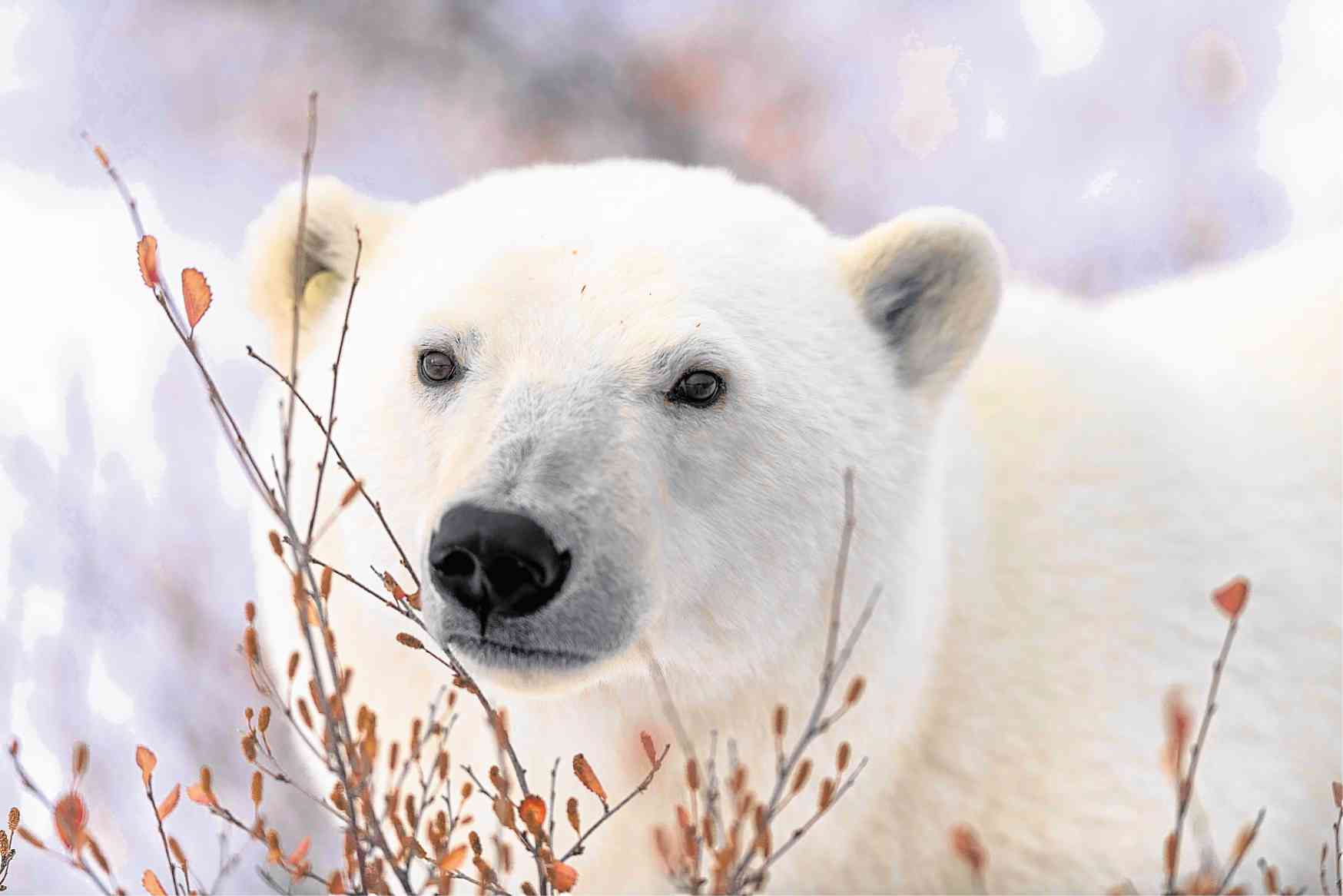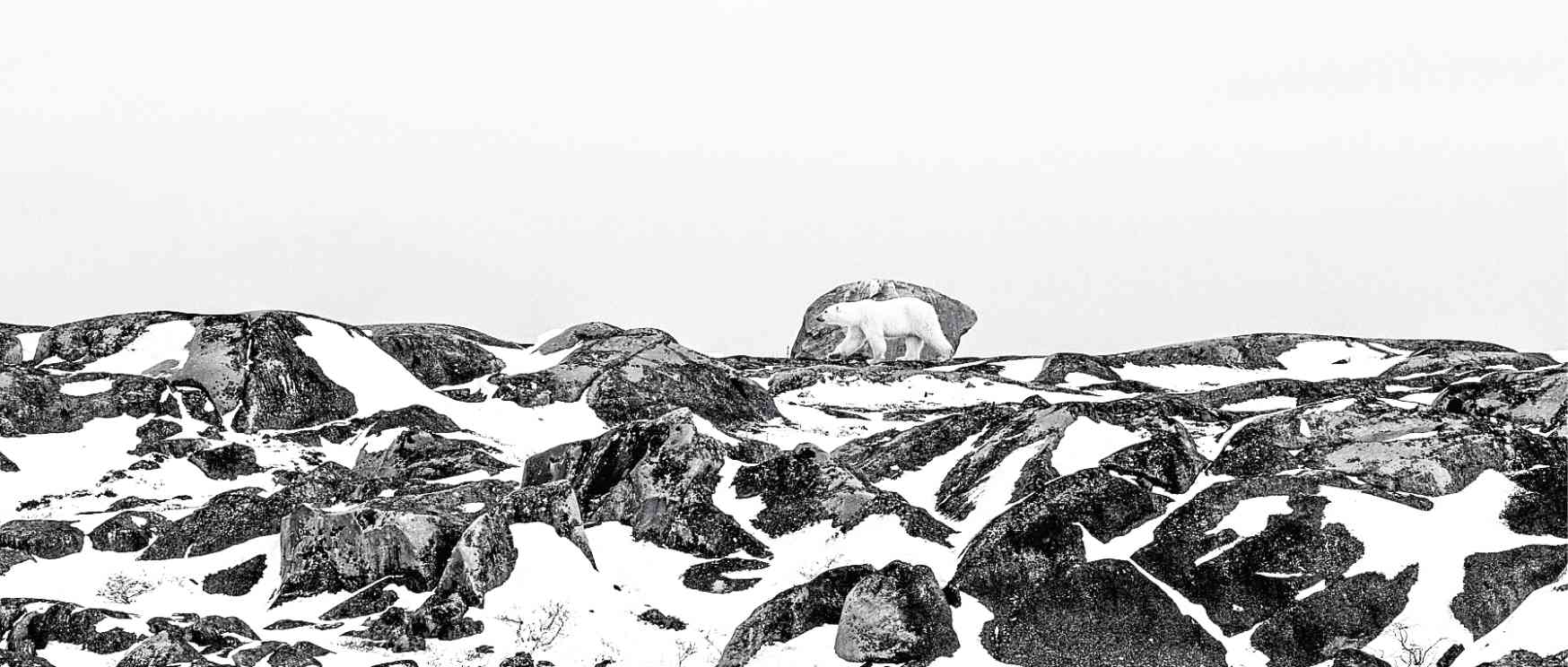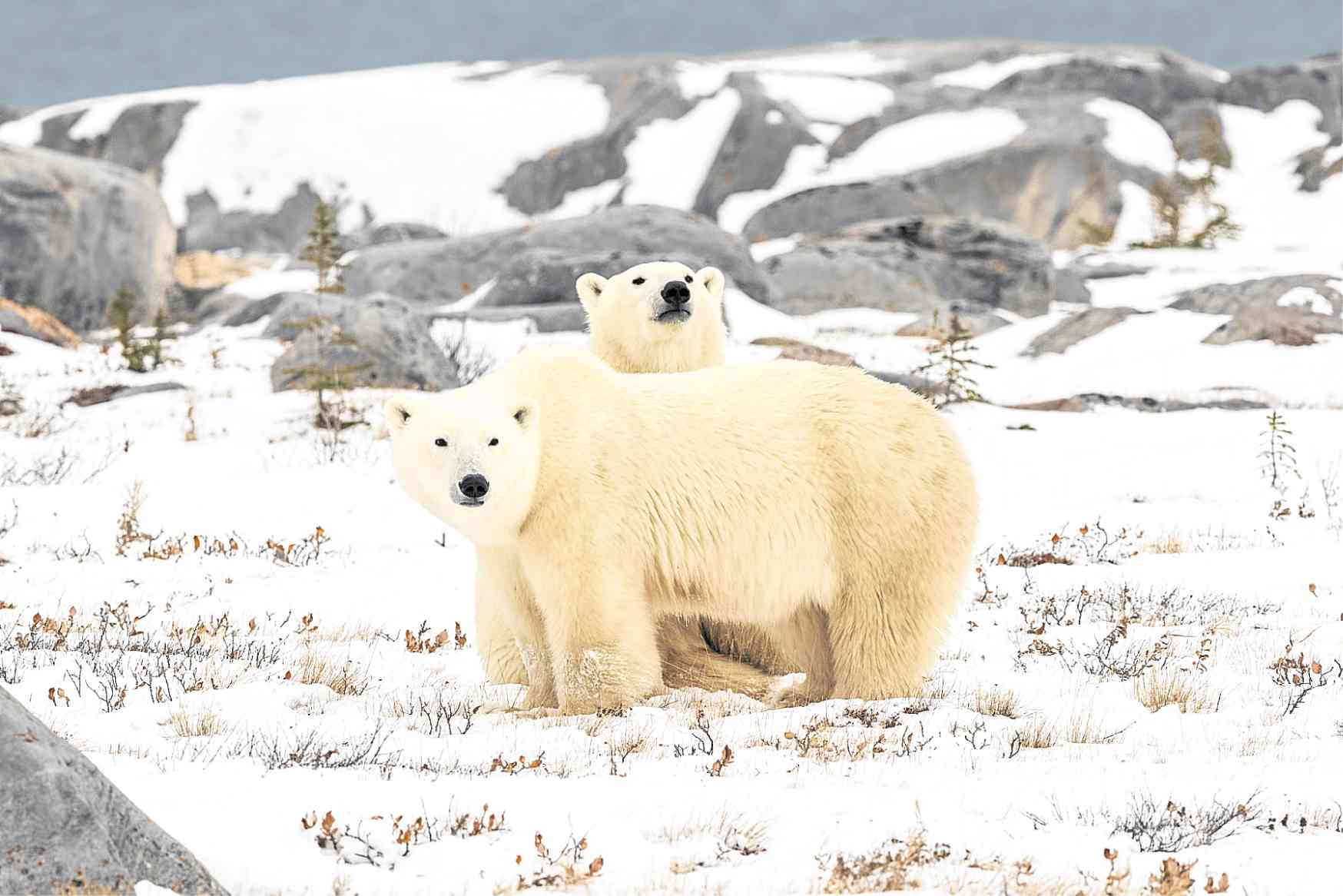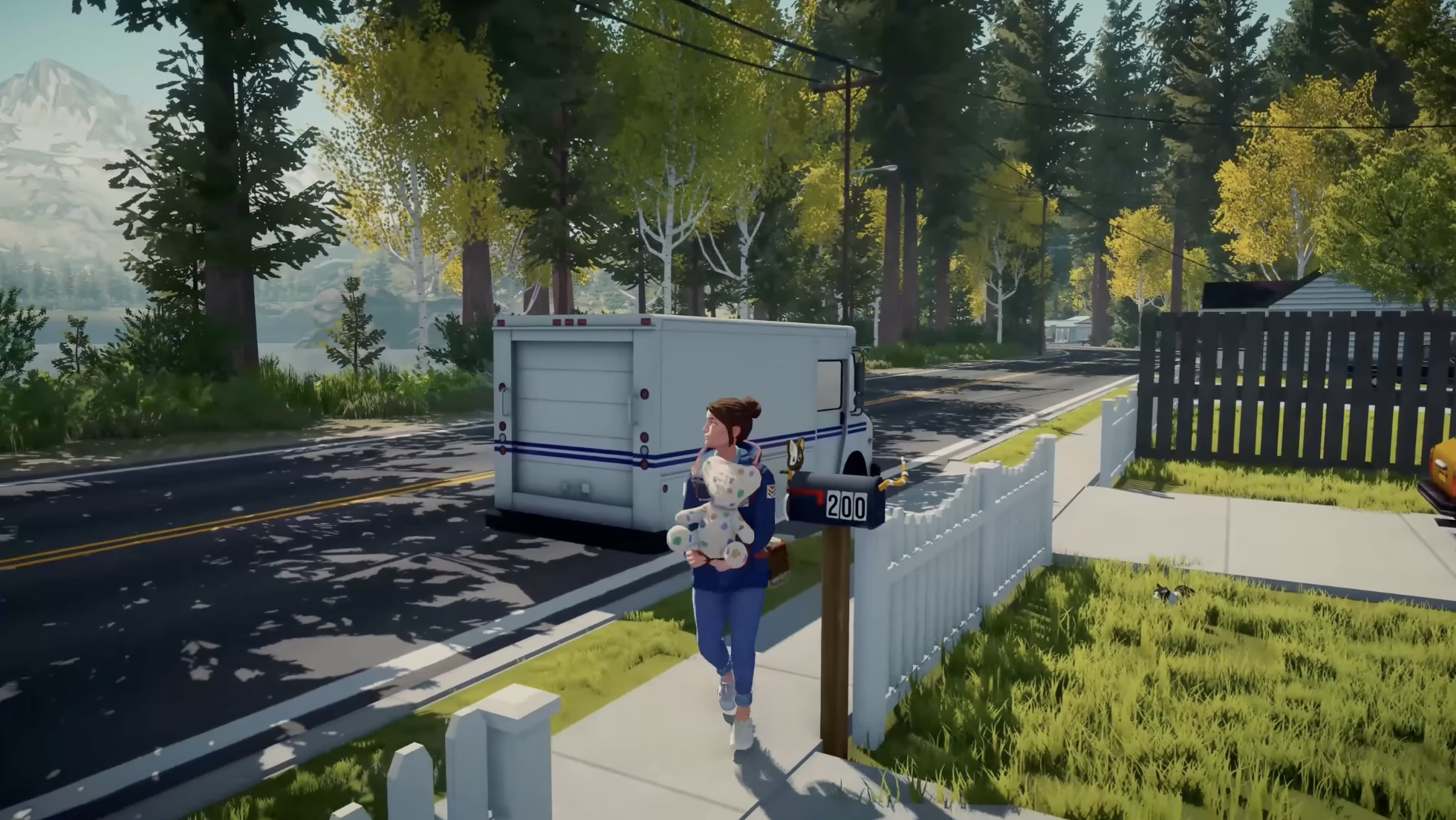
When Filipinos, who live in a tropical country, think of polar bears, they think of fluffy white animals, often associated with winter and the recent Christmas season.
The fact is that these magnificent creatures (Ursus maritimus) are apex predators of the Arctic, rulers of the snow—and now, with climate change, are in a swiftly worsening state of vulnerability, as classified by the International Union for Conservation of Nature (IUCN).
Climate change isn’t the species’ only problem, however; oil and gas exploration in the Arctic also brings habitat destruction and exposure to toxins from oil exploration work.
Last October 2018, Filipino wildlife and conservation photographer Noel Guevara found himself in the middle of polar bear country in Manitoba, near the Canadian Sub-Arctic, to photograph polar bears—and came back with some remarkable images of this environment so alien to Filipinos.
“It was the middle of February, and I was aboard the boat, the Greenpeace Rainbow Warrior, on assignment as photographer for the climate change tour,” Guevara recounts how the idea germinated. Greenpeace Southeast Asia regional director Yeb Saño spoke to Guevara about climate change and its impact on polar bears. “I remember Yeb saying that if I wanted to see them, it should be in the next five to 10 years.”

A few months later, Guevara and his wife Pam were visiting family in Winnipeg, Canada, in the same province as Manitoba, and planning a life-changing side trip to Churchill, the “Polar Bear Capital” of the world.
As with any project, Guevara did research on what awaited. An acclaimed underwater photographer who has worked with Greenpeace, WWF-Philippines and the Coral Triangle Initiative—his stunning photographs of the thresher sharks of Malapascua, Cebu, have been widely used in conservation campaigns —Guevara knew he was in unfamiliar territory.
Fierce winds
“The hardest part of shooting in the tundra was the lack of trees to block the fierce winds. It felt so much colder than what the temperature really was. The winds would go through my gloves and pants and sting my legs; it would become painful to hold my metal tripod, and our faces would dry up and the skin would break. Thing is, once the bears come out, you forget all of that!”
While photographs from his research always showed imposing animals, the Guevaras and their guide, Remi, saw their first bear by chance—a “roly poly” who crossed the road in a bouncy, almost comical way. “It becomes so easy to forget that these are apex predators that can easily—and quickly—take you down should they choose to. And by October, they are very hungry!”
Guevara also encountered the cultural conflict which often comes with conservation situations. “The prevailing narrative always makes the polar bear the symbol of the fragility of the Arctic ecosystem and its vulnerability to climate change. Because of science, very few doubt that a warming planet due to carbon emissions is causing the sea ice to freeze later and melt earlier. This means a shrinking window for polar bears to hunt for seals. With photos and videos of starving bears, or bears dying of hunger, the end result seems pretty clear.”

It came as a surprise, then, when Guevara learned that most of the residents of Churchill, and especially the Inuits in the north, do not subscribe to this science. They actually believe there are too many bears. “Human fatalities due to bears are increasing, and the Inuits are pushing for a higher quota for hunting polar bears, to cull the alleged overpopulation,” Guevara says. “Scientists say their numbers are really dwindling; the communities just see more because the bears now have to travel further inland to search for food.” It’s local knowledge, however, which cannot just be disregarded.
Guevara traces the start of his creative journey back to 1993 when, as a fifth grade student, he was so awestruck by “Jurassic Park” that he resolved to become a visual effects artist. He even established his own design firm, Burnwater Design Studios, in 1998, while still in third year high school—and “formalized the career path that took me where I am today,” he says. Now a design and social media firm headquartered in Ortigas, Burnwater recently marked its 20th year.
Tubbataha
In 2014, Guevara produced a documentary for the environmental nongovernment organization WWF-Philippines that focused on renewable energy in Palawan, and had to be certified to scuba-dive in Tubbataha Reefs Natural Park. “I’ve been diving there every year since, and I eventually bought a point-and-shoot that opened up photography for me.”
Guevara also found a friend and mentor in premier Filipino underwater photographer Scott “Gutsy” Tuason. “Through countless dives, chats and beers over gear, Gutsy helped me with my technique, and to find my eye for photography. He was also instrumental in my meeting my (future) wife in Tubbataha back in 2015. I’m eternally grateful for all of that.”
The diving made Guevara increasingly aware of the importance of the oceans. “I transformed from an avid diver into an advocate. Photos have the power to start dialogues and discussions, bringing focus to critical issues and efforts.”
An animal lover, Guevara also cares for his dogs—including Max, a lost black Labrador he rescued at an Ortigas gas station. “It’s funny—whenever I see a shark getting its fins cut off or rhinos being poached, I hug my dogs for comfort.”
After being a director for eight years, Guevara has opted to focus on conservation and nature photography to help “open minds and discussions. Dialogues are key to educating a broader audience on the importance of our marine ecosystem, alternatives to single-use plastic, and how to reduce one’s carbon footprint. I still do video, too, and that opens up a lot of possibilities, as well. Audiences on social media lean more toward video, and I leverage it and use it as a tool to educate.”
What most people forget is that everything on this planet is connected, Guevara stresses. “What we do to our environment has lasting effects on interconnected ecosystems, which eventually come back to us. What we give, we get back.”

Whether there are more or fewer polar bears than scientists and communities claim, either way, climate change may just spell their end as a species.
“I believe climate change is real,” Guevara says. “Most of life in the north relies much on the sea ice, and without it, the Arctic, as we know it, could be forever lost, and that will affect even us, all the way here in the tropics.”
Guevara says he was reassured by the locals in Churchill that polar bears are efficient hunters, and do not rely on seals for sustenance. “I pray that they will continue to thrive no matter what the outcome. Doing our own part in the fight against climate change is not just necessary, but an obligation. We have to focus on what we can do, and act now.”
Visit noelguevara.com; follow @noelguevaraphoto on Instagram










































